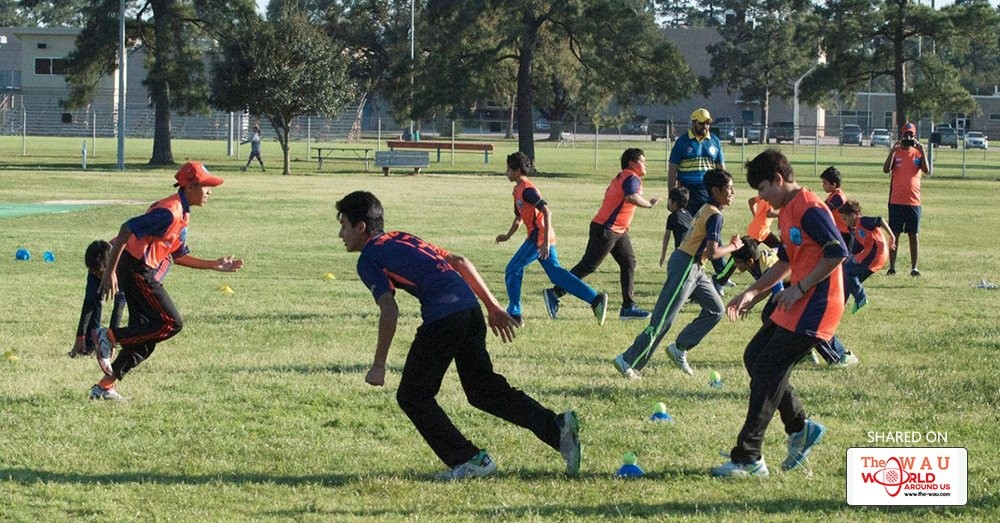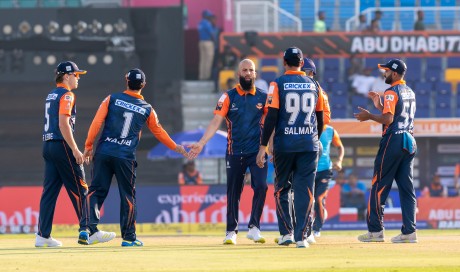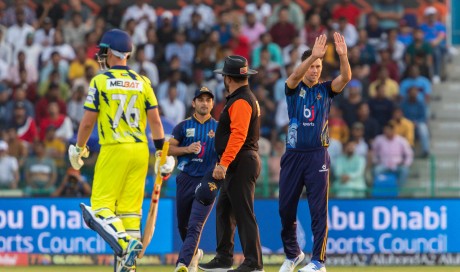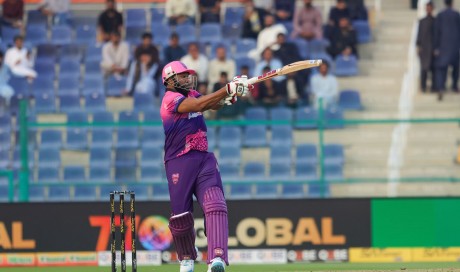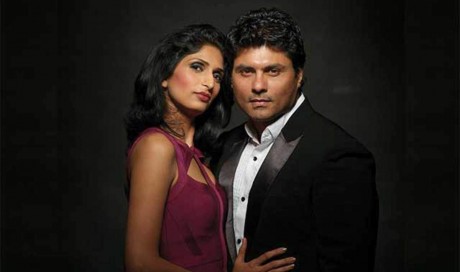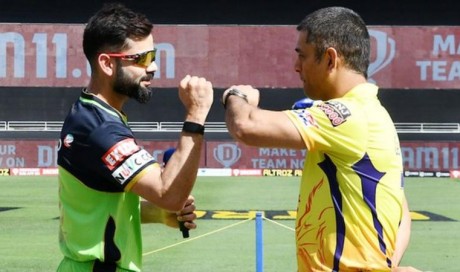When none of his American friends wanted to play cricket with him as a child, Parth Patel rolled up a cork ball in a sock, hung it from the roof of his Atlanta house and practised hitting the ball over and over again with his bat.
This was how the Gujarati boy often spent his time after school when he first moved from Baroda to Atlanta at age 11. Patel, now a 25-year-old resident dentist at Wichita State University in Kansas, has played for clubs and university teams ever since.
For expat children of South Asian-American and other extraction in the United States, Patel's experience is familiar. They either love cricket so much that they do almost anything to play, or they pursue mainstream American sports such as basketball or American football. Often it's the latter.
Although there are junior cricket leagues throughout the United States - the New York, Chicago and Houston chapters are popular - there are few opportunities to play the sport beyond those leagues. And because cricket is played largely by expats, most American sports fans are not able to relate to it.
"Basketball, baseball and football have strong market, media and developed organisational structures which is a natural attraction for the youth," said Sakhi Muhammad, president of the Houston Cricket League and father of three sons. "It is hard for South Asian parents to provide an environment to compete against the most developed sports."
Sakhi has taken his oldest son, Shaan, to every Houston Rockets game since he was six years old. He became a fan of basketball stars Tracy McGrady, Metta World Peace and Dikembe Mutombo. Growing up, Shaan often complained that cricket was boring and not as physical as American football or basketball. He also had good-natured discussions with his father about why cricket was not as challenging to play as mainstream American sports. It came as no surprise, then, to his father that Shaan wanted to pursue basketball in high school.
Sakhi, who was instrumental in the construction of the 2000-seat Moosa Cricket Stadium in Texas in 2015, said his son might have stuck with cricket if there were more youth leagues available ten years ago. Youth leagues offer kids the opportunity to learn the sport, he said.
In the United States, there are many under-12 leagues, but they are mostly loosely organised. The most notable organised U-12 one is the 40-team National Youth Cricket League (NYCL), based in Hazelwood, Missouri. Involvement in cricket for young players often ends at that level because there is no natural progression to more competitive play, said Brian Walters, a key figure in a youth cricket league in Austin, Texas, and a member of a local advisory board for USA Cricket. Walters, who is from Jamaica, has two sons, Kyle, 20, and Jaedyn, 10, who played U-12 cricket before moving on to play soccer at their schools.

Ideally, young cricket players should have the opportunity to advance from a school programme to a beginners' league, then to a more serious league and an adult league, said Usman Shuja, a pioneer in developing youth cricket in Texas. A former opening fast bowler for team USA from 2006 to 2015, he is an all-time leading wicket-taker for USA and a member of the ICC's advisory committee.
"There should always be a link between all these things, but if the link breaks, it will get harder for kids to pursue cricket on a more serious level," said Shuja, whose nephew plays basketball and soccer.
Sushil Nadkarni, a former batsman for team USA and also on the ICC advisory committee, who is involved with youth cricket leagues in Texas, agreed with Shuja. He said cricket is losing talented players in the United States to sports such as tennis and baseball because parents don't want to invest in a sport that raises the question, "Will this be worth it for my child in the future?"
Another important element is peer involvement, Sakhi and Shuja said. South Asian children have access to international matches on the internet and on TV. But because most of their classmates rarely, if ever, follow cricket, it is not often a topic of conversation in school. When kids can't relate to their peers, their interests change, Shuja said.
"You can't make cricket a foreign game," said Sakhi, whose 11-year-old son Raafay also plays basketball at his school. "It can't be just for the Indians or the Pakistanis in America. It has to be a local game for everybody in America, and that can happen only when cricket gets the attention it deserves from the media."
Nostalgia and culture are the two reasons parents from cricket-playing nations want their children to love and enjoy the sport they grew up revering. It's who they are, part of their identity, and having their own kids play is a way of keeping that tradition alive, said Shuja, though he himself was careful not to force the sport on children.
"I am not the one who pushes my kids to a direction which pleases me," Sakhi said. "I am a happy parent as long as they are active and taking part in sports.

Two major youth cricket events will be held in the United States this summer. In July the United States Youth Cricket Association, a non-profit organisation, will hold a U-12 and U-16 tournament. NYCL 2017, in its fourth year, will be played in New York and Connecticut. At the end of July, NYCL will hold another U-12 league tournament in St Louis, Missouri.
Although there are no scholarship-based college cricket teams in the United States, several schools have intramural or club teams.
When he was in college, Patel said he was surprised to see teams at the university level in Kansas, Texas and Missouri. He recently represented Wichita State University against the University of Central Missouri in 20- and 30-over matches.
"There is a ton of potential for cricket to grow in the US. It is just a matter of harnessing all the moving parts and getting them moving in the same direction," said Walters.
Raees Nizami, president of the Illinois Premier League Cricket Conference, has been instrumental in raising awareness of cricket in schools throughout the Midwest. He visited several schools in 2016 to talk about the importance of building a cricket pitch and providing facilities for kids to pursue cricket.
"Kids love a sport which is new and mysterious, and once they develop an interest at a young age, it is easy to get them to keep playing the game as they grow old," Nizami said. So perhaps the future of youth cricket in the United States is not as bad as it seems.
For Sakhi, at least, there is always hope. He has another son, six-year-old Rayyan, who has "promised to play cricket," he said, laughing.
Aishwarya Kumar, based in Bristol, Connecticut, is an international writer for ESPN.com. She writes feature stories on cricket, tennis and basketball, among other sports
Share This Post

